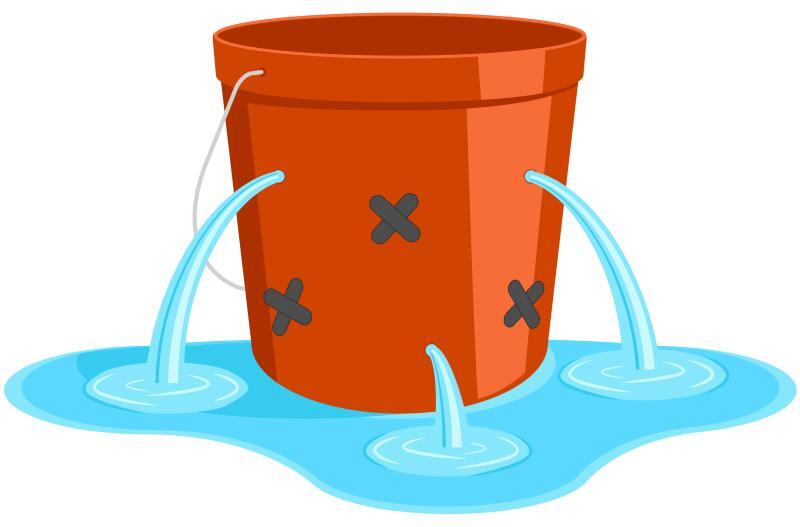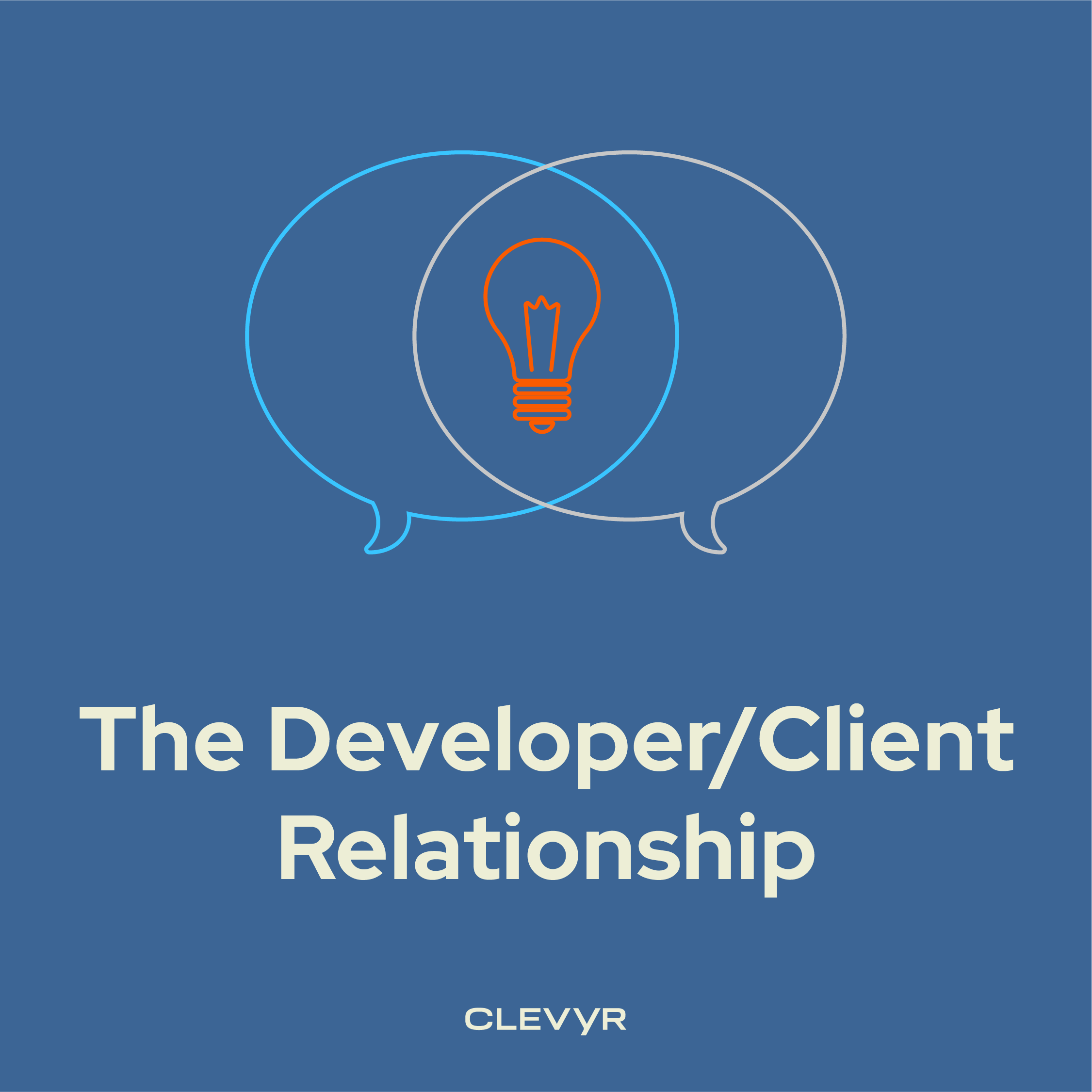You launched your new app. The downloads looked promising. But weeks later… usage drops off a cliff.
Or maybe your app feels like a revolving door where users come in, take a look around, and then walk out.
Sound familiar?

You know you’ve built something useful, so why aren’t people sticking around? You might think user retention is just about active engagement, but it’s also about long-term growth, revenue, and your competitive edge. The apps that master retention don’t just keep users, they turn them into loyal supporters and paying customers.
So, what’s frustrating users enough to leave? Are they even aware of your app’s best features? What would keep your users engaged? If you’re only looking at surface-level metrics, you’re missing the full picture. Let’s dig deeper.
Identify the Problem
Before you can fix anything, you need to pinpoint where and why users are dropping off. Retention isn’t just a number, it’s a reflection of how well your app delivers value over time.
Ask yourself:
Are users leaving immediately after signing up? Your onboarding might be creating more frustration than excitement. A slow or confusing start can make users feel like the app isn’t worth their time. If they don’t instantly see the value, they won’t stick around.
Are they sticking around for a week but not returning? The problem likely isn’t awareness, but a lack of habit formation or perceived value. They gave your app a shot, but nothing really hooked them.
Are long-time users fading away? Your app might be feeling stale or lacking new incentives to stay engaged. Users need fresh content, engaging challenges, or new features to keep them invested.
Solving the wrong problem wastes time and money. Instead of guessing, use data to pinpoint exactly where engagement drops, and more importantly, why.
Research the Causes
Now that we know when users are leaving, let’s find out why. Most apps might assume that if people leave, it’s because they weren’t interested in the first place. That’s not true. Users often drop off because of hidden pain points that the product team hasn’t spotted.
Some common culprits include:
A clunky onboarding experience. If getting started feels like work, users won’t bother.
Confusing navigation. If people can’t find what they’re looking for quickly, they won’t stick around.
Too many steps to complete actions. Clicking through endless menus? No thanks. If it takes too long to accomplish something, users check out.
Lack of clear direction. If users don’t immediately see the app’s value, they won’t wait to figure it out.
Missing or underwhelming features. If a competitor offers something better, users might jump ship.
No incentive to return. If there’s nothing drawing them back (personalization, notifications, gamification, exclusive content), they could forget your app exists.
Users don’t leave because they don’t need your app - they leave because it makes them work too hard. The best products don’t just function, they flow.
Users don’t leave because they don’t need your app - they leave because it makes them work too hard.
Address the Problem
Once you understand the root cause, you’re in a position that most companies never reach - you know exactly what to fix. This is where you gain an edge.
Here’s how great apps solve common retention problems:
If onboarding is overwhelming, you’ve already lost them. The moment a user hesitates, they’re already questioning if they made the right choice.
If users struggle with navigation, simplify the layout, prioritize actions, remove unnecessary steps, and streamline content placement.
If users don’t see enough value, ensure your app delivers on its promise quickly and clearly. Remind them why they signed up in the first place..
If engagement drops off over time, introduce habit-forming features like streaks, rewards, progress tracking, community challenges, or new content to keep users coming back.
You’re not just fixing usability problems or bugs, you’re fine-tuning, building a product that keeps users coming back for more. Even adjustments and enhancements that may feel minor keep customers invested and revenue growing. The more seamless and engaging the experience you offer is, the more your users will return, subscribe, and refer others.
Revise and Revisit
Even the most successful apps never stop improving retention. User expectations evolve, and if your app is not adapting, it’s falling behind.
Major players like Amazon, Instagram, and Uber have undergone huge changes to improve accessibility, design, and user satisfaction. Others like Duolingo, for example, mastered streaks and gamification to build daily habits. These changes weren’t made for fun, or because the design teams were bored - these industry leaders understand the power of user retention.
After implementing improvements, track the results. Are users staying longer? Are they engaging more? If not, refine again. Successful apps don’t just get retention right once, they continuously analyze and optimize.
Retention isn’t a metric—it’s your growth strategy.
Retention shouldn’t be an afterthought, it’s a foundation of sustainable growth. More engaged users means more revenue and stronger brand loyalty.
Retention Is a Journey, Not a One-Time Solution
Great user experience isn’t just about making things look good, it’s about engagement and delivering value. Don’t just focus on getting users, focus on keeping them. Instead of asking, “Why are users leaving?” ask, “How can I create an experience so valuable they’ll never want to leave?” Instead of scrambling to fix retention later, build with it in mind from the start. Don’t just win users, design experiences so seamlessly, so valuable, that leaving never even crosses their minds.
Whether you want help diagnosing and improving your app’s retention strategy, or you’re trying to bring the next software sensation to life, Clevyr can help! From plotting your initial user journey to delivering delightful enhancements, we’re here to deliver meaningful solutions that help you succeed.


